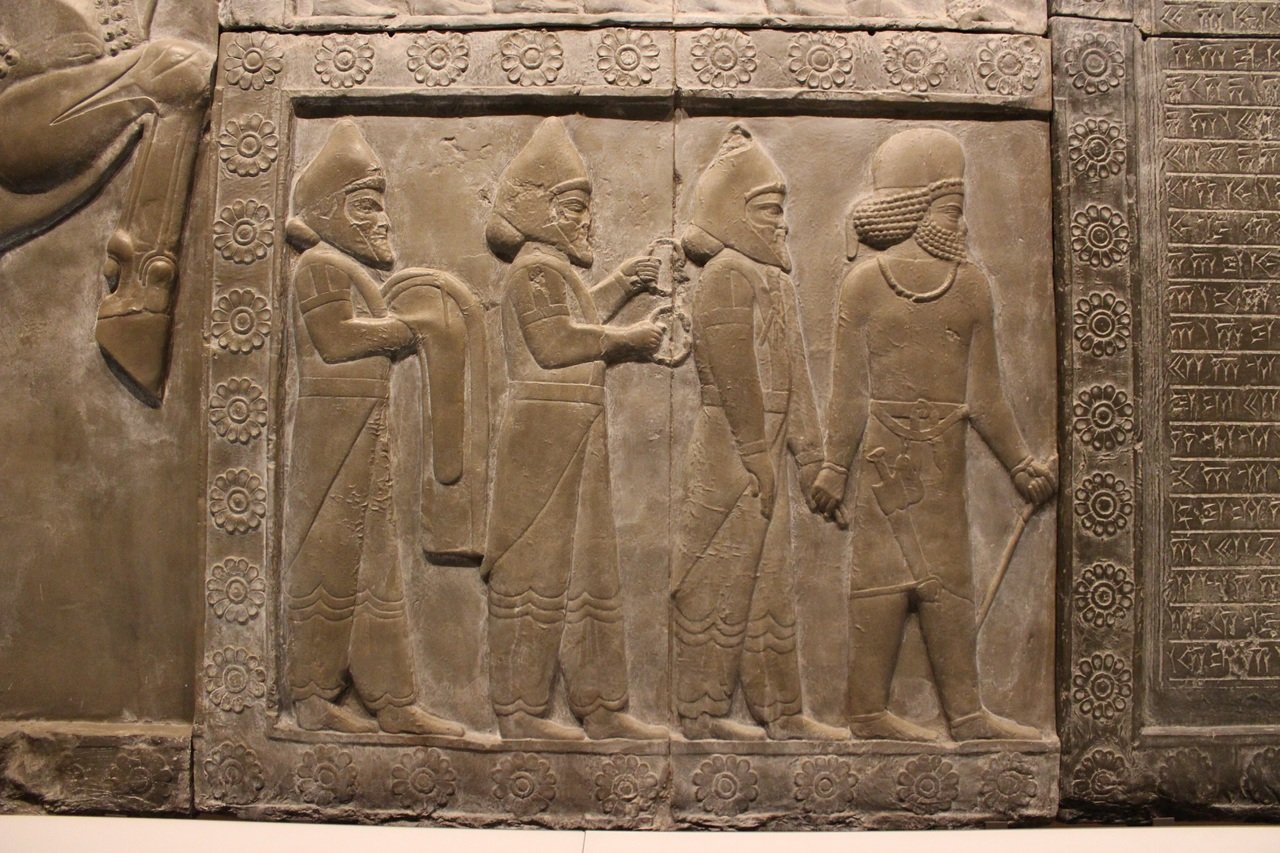
A Sumerian palace discovered recently in modern-day Iraq dates back 4,500 years and is considered to contain the key to understanding one of the first civilizations in human history.
Since 2015, a team of British Museum-affiliated archaeologists has been excavating the site formerly known as Tello, where the ancient city of Girsu once stood, in the southern plains of Iraq.
Ancient Sumerians
Ancient Sumerians are often recognized for laying the groundwork for modern civilization, and recent excavations in Girsu have brought Mesopotamian archaeology to the cusp of this period.
Between 3,500 and 2,000 B.C.E., the Sumerians are widely credited with developing the first written language and enacting the first written legal code.
Their contributions to and achievements in the arts, religion, science, mathematics, architecture, and social organization provided a foundation for other civilizations to be built in the fertile area of Mesopotamia and the surrounding area.
Importance of the City of Girsu
In addition to being a key hub of Sumerian culture and civilization, the city of Girsu was also one of the first settlements ever established.
The palace and temple were discovered by a team headed by Dr. Sebastien Rey, a curator at the British Museum and an expert on ancient Mesopotamian civilization. He calls it “the cradle of civilization” and “one of the most important heritage sites in the world that very few people know about.”
The Iraq Scheme
In 2015, the British Museum, the Getty, and the State Board of Antiquities and Heritage in Iraq started funding a cooperative initiative to excavate the site of Girsu.
#REPORT: 4,500-Year-Old Ancient Sumerian Palace Uncovered in #iraq🇮🇶 Desert That Might Hold The Key To Ancient Civilization pic.twitter.com/wlKmGfPNp5
— Habibi6ixtv (@habibi6ixtv) February 20, 2023
The British Museum created the Iraq Scheme, which included this program, to help save cultural landmarks in Iraq and Syria that were at risk of being destroyed by the Islamic State’s continuous atrocities.
The Recent Discoveries At Girsu
Recent digging at this major archaeological site has shown that it was left untouched for almost a century until researchers from the British Museum arrived.
As more than 100,000 cuneiform tablets had been taken during numerous excavations at Girsu following its first discovery in 1877 by French archaeologist Ernest de Sarzec, it was unclear whether or not the site had any other significant artifacts. The region’s constant conflict during the 20th century also contributed to the general public staying away.
Despite this, the goal of discovering Girsu’s central and primary buildings has been reached. New opportunities presented themselves to Girsu archaeologists with the advent of aerial survey equipment.
Drone imagery recorded in 2022 reveals previously unseen relics buried under the surface. The mudbrick walls of the Lord Palace of the Kings were excavated during further ground-level excavations, proving that the center building of the magnificent city of Girsu had been located at last.
More than two hundred cuneiform tablets were unearthed by researchers from the rubble of 19th-century excavations. These documents ended up being comprehensive administrative logs of municipal life.